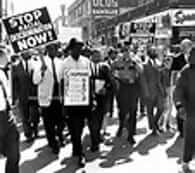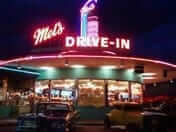
From the depression to WWII to the 1950's era, everything changed. Those who survived the Depression and WWII were timid and defensive. “Saving” was the byword for them. Nest eggs.
Those who were value-programmed after 1950 would have substantially different values. The standard of living in the U.S. was beyond the comprehension of the rest of the world.
Americans who had become adults since WWII had no memory of the lean years. They spent every cent and started living on credit. They were only worried about the size of the monthly payment.They acquired consumer goods, not stocks and bonds. They went into debt. Banks were happy to cooperate. Advertising promoted and promised.
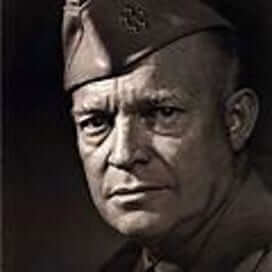
Dwight David Eisenhower was President from 1953-1961 and was a popular president. After the devastation in Europe, Americans' love of work and the economic system expansion was very different. White families were busy enjoying, living and consuming "the good life." In the early 1950's, nearly 60% of all American families were moving into the middle-class income brackets. There was a 48% rise in income since the late 1940's.
What became important were a split-level home, two cars in the garage, a boat, a place at the beach, an college educations for children. There was an exodus to the suburbs and an increased need to be liked. A value was placed on conformity.
In 1956, the number of blue-collar workers (people producing things) was surpassed by the number of white-collar workers (people in service occupations, frequently government bureaucracies.)
Mobility increased. During the 1950's the average corporation manager could be expected to move 14 times in his lifetime - or once every 2-1/2 years.
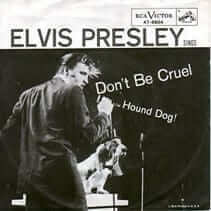
Music was shake, rattle and roll. By year, these were the #1 songs on the Hit Parade: 1950: Good Night Irene, 1951: Tennessee Waltz, 1953: How Much Was that Doggie in the Window? 1955: Rock around the Clock 1959: Mack the Knife. And the BIG ONE was in 1956 - ELVIS! He added sexuality and converted rock and roll into new national teenage "religion."
What about television? That's when people started getting one of those big pieces of furniture with a little bitty screen and rabbit ears for tuning on the top. It was a black and white picture and often "snowy" so you had to either turn the antenna on the roof or fiddle with the rabbit ears. Big cabinets with little screens and test patterns. Programming only until midnight which ended with the star spangled banner.
Television in 1947: 7 stations and 14,000 sets, 1954: 517 stations and 32 million sets (also the advent of TV dinners!) The TV set began to assume the role of baby sitter, parent, teacher, and hero creator.
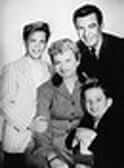
The problem was that massive conflicts formed between the TV and reality. "Leave It to Beaver" didn't realize that "just across town" people were being harassed, even killed in Civil Rights demonstrations.
The Civil Rights explosion started in 1955 when a weary young seamstress, Rosa Parks, defied local law and refused to give up her seat to a white man and was arrested. That's when Dr. Martin Luther King met to organize a bus boycott, and the first step was taken on the long road toward racial equality.
